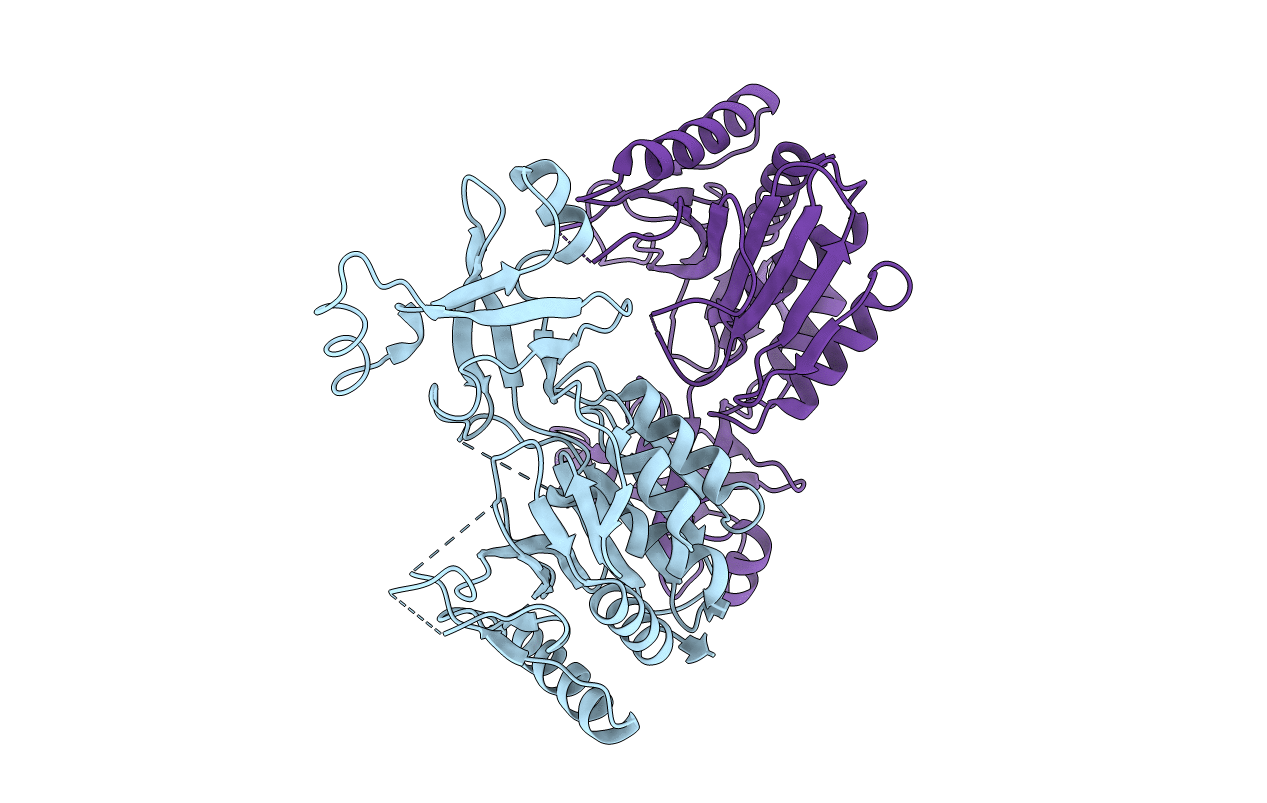
Deposition Date
2017-03-10
Release Date
2018-05-16
Last Version Date
2024-01-17
Entry Detail
PDB ID:
5NE9
Keywords:
Title:
Crystal structure of H60A H307A mutant of Thermotoga maritima TmPEP1050 aminopeptidase
Biological Source:
Source Organism:
Thermotoga maritima MSB8 (Taxon ID: 243274)
Host Organism:
Method Details:
Experimental Method:
Resolution:
2.37 Å
R-Value Free:
0.23
R-Value Work:
0.20
R-Value Observed:
0.20
Space Group:
P 1 21 1


